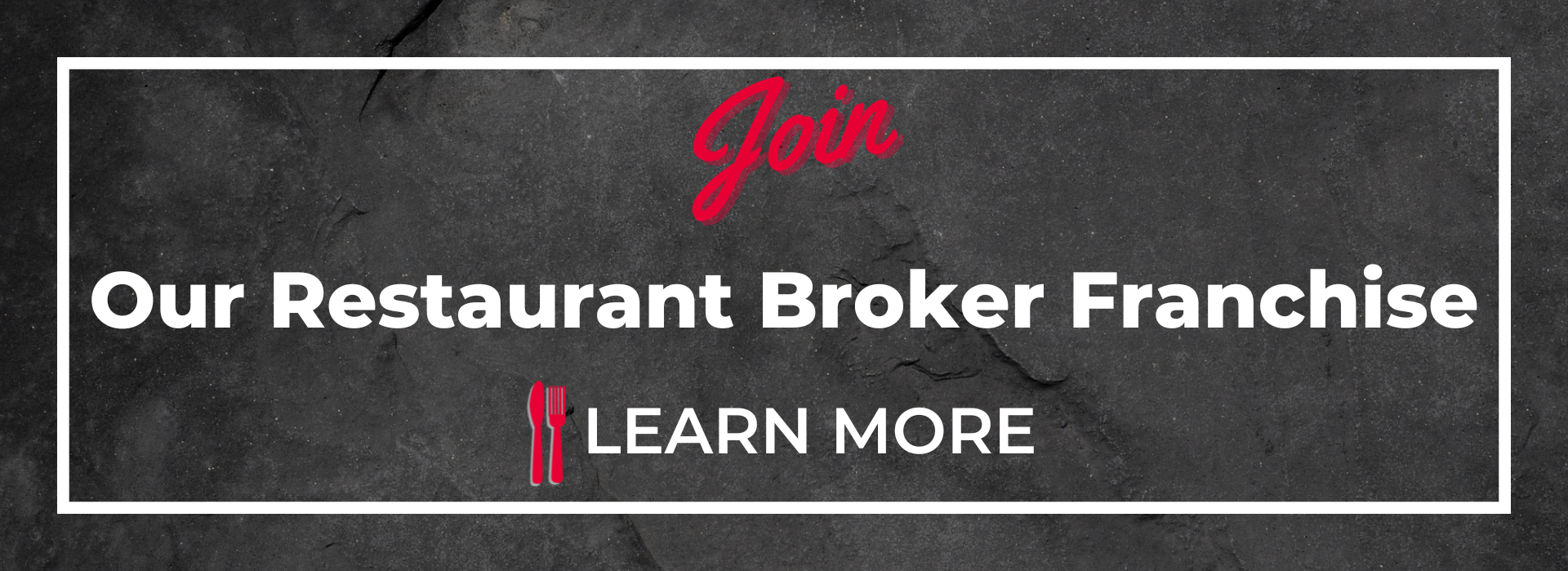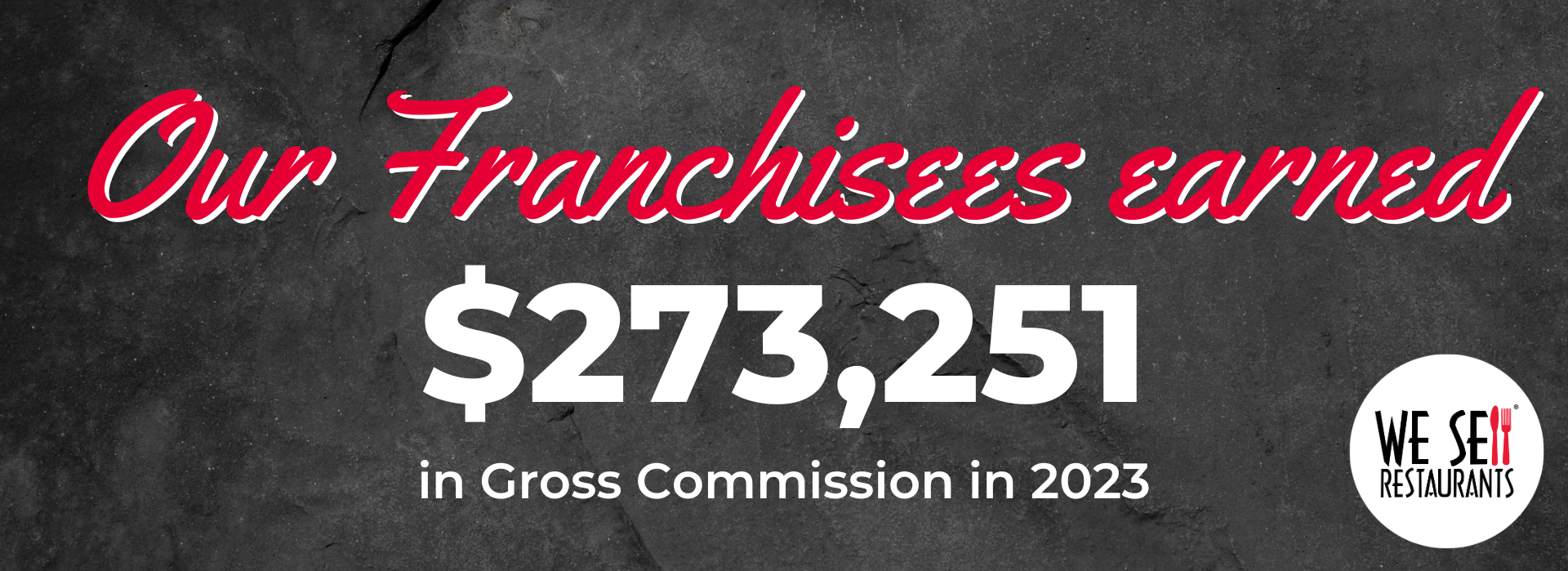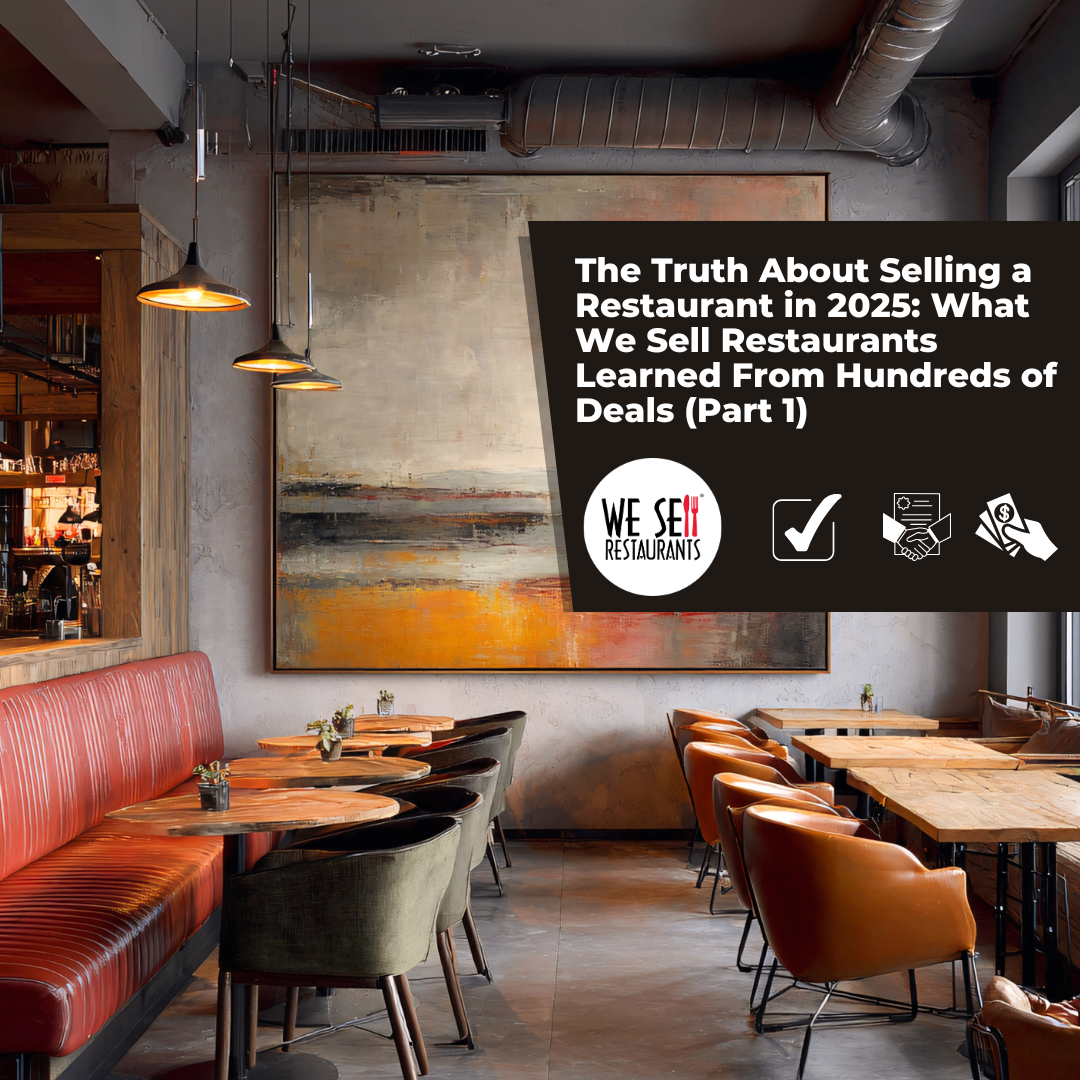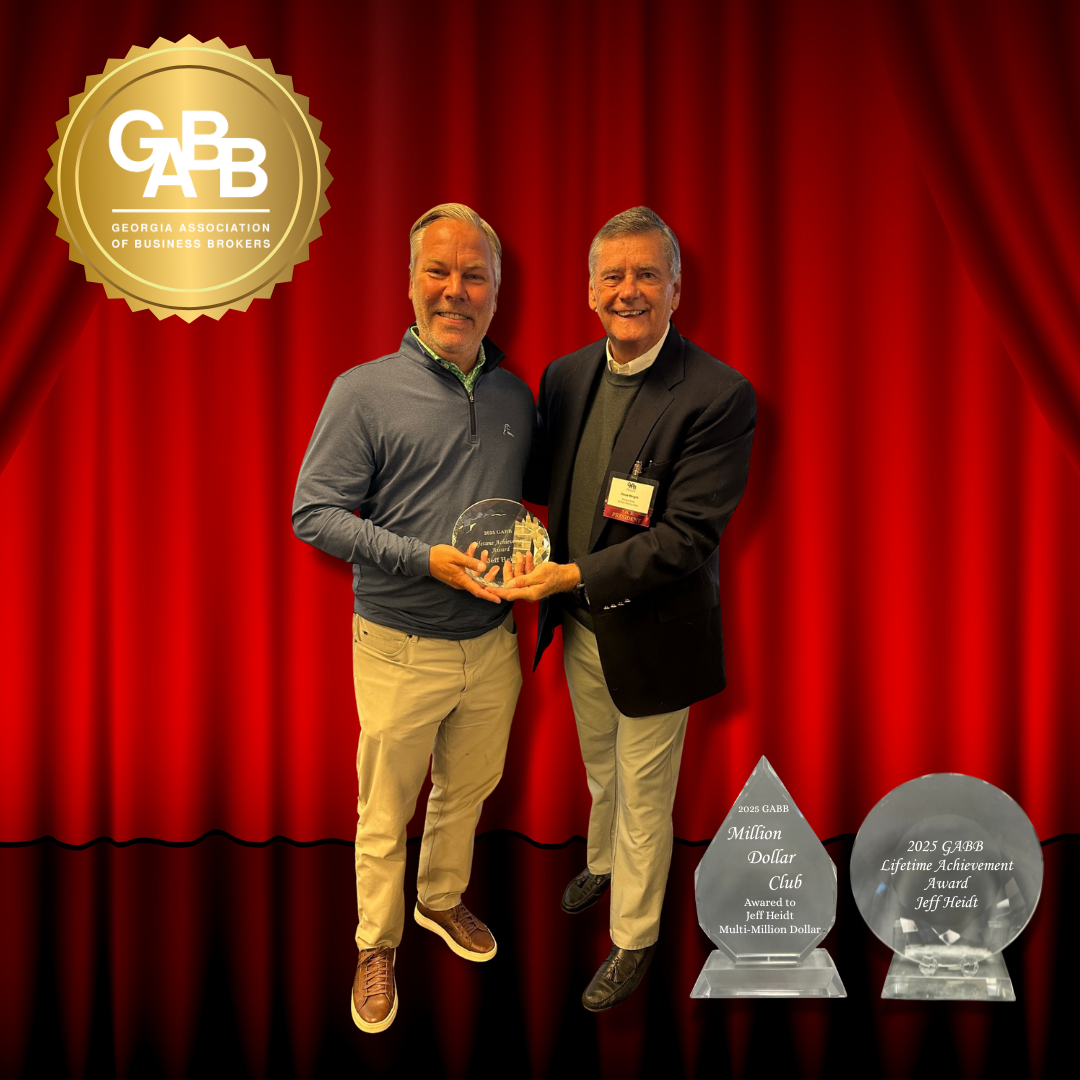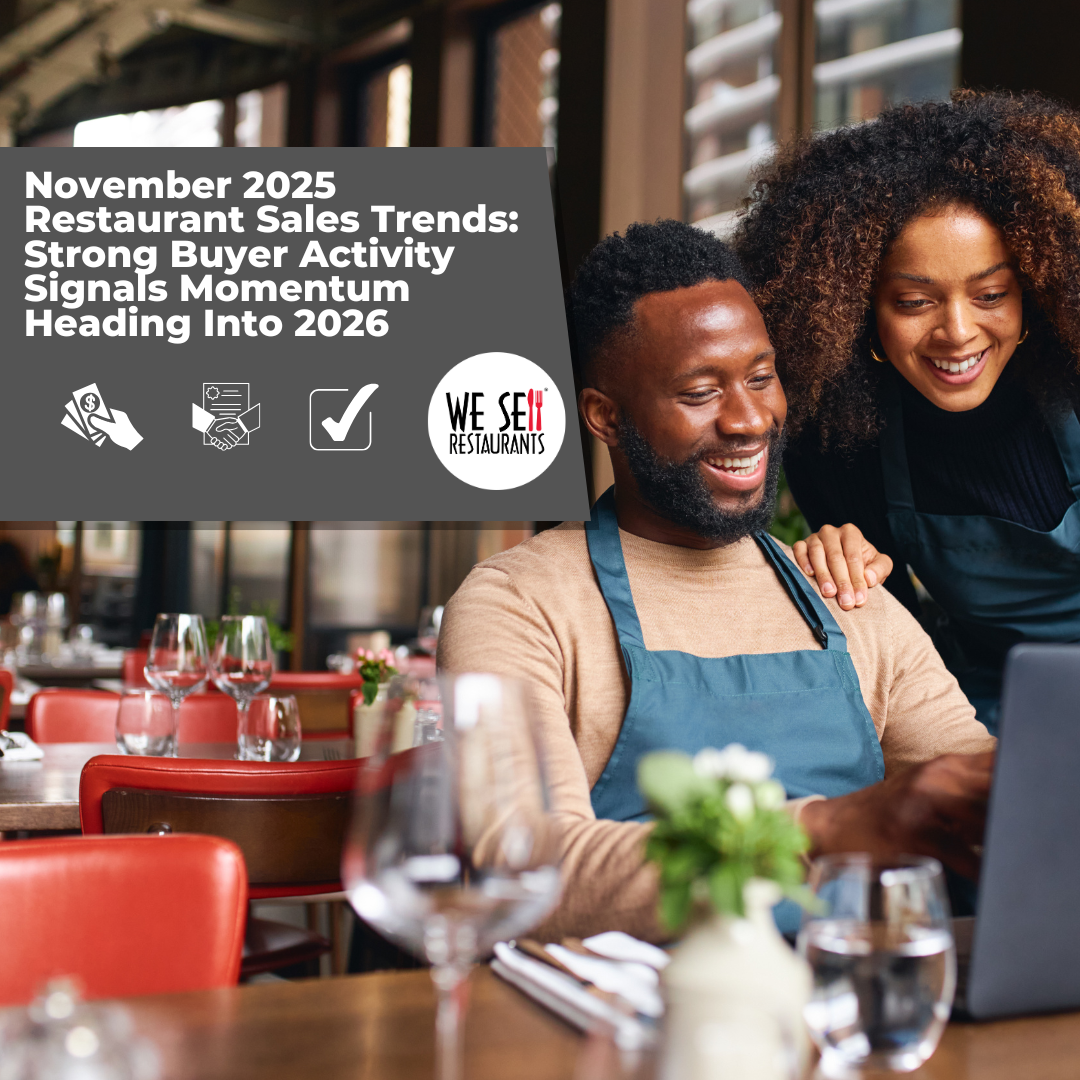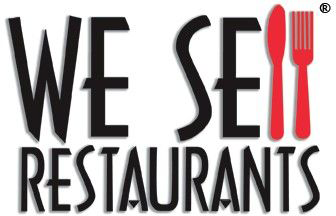When you are Buying a Restaurant, one of the most important elements to understand is the financial situation of the current business. This can help you determine if the investment is right for you, as well as reveal areas where you could improve business as a new owner. Look for these key financials when buying a restaurant.
As a restaurant broker, one question I hear buyers asking for frequently is “How Much Is It Making?” If you find yourself asking this question while browsing restaurants for sale, the number you are looking for is called the Seller’s Discretionary Earnings (SDE). The SDE is a bank’s way of saying that this is the money that a restaurant Owner/Operator would have made in a year.
The SDE has two main components:
1) The “bottom line” (often the Net Income) on the Profit and Loss Statement (P&L)
2) The Add-Backs
The Net Income on a the P&L pretty much speaks for itself—it's the total revenue minus the total expenses. However, the Add-Backs are often where people get confused. So what are they?
Understanding Add-Backs when Buying a Restaurant
The Add-Backs are simply adjustments that need to be made to the Net Income in order to more accurately reflect the true earnings of a restaurant Owner/Operator. They include expenses that will not pass on to a new owner, plus money spent for the benefit of the current owner. Let's take a look at some examples:
- If the current owner has a high-interest rate loan, that interest would not pass to a new owner, so we add it back.
- If a restaurant just spent $20,000 on a new roof, this is a capital expense that would not affect the earnings in subsequent years, so we add it back; Restaurants don’t need new roofs every year.
- If the current owner paid themselves a salary in addition to taking money from the “bottom line,” this salary, spent for the benefit of the current owner, would go to the new owner as well.
Now that you have some ideas in mind of what examples of add-backs are, let's look at the specific types of add-backs you may encounter when buying a restaurant. Most Add-Backs fall into these categories:
Amortization, Depreciation, and Interest.
Seller’s Personal Expenses. These describe owner expenses such as meals, entertainment, travel, automotive expenses, and cell phones. These expenses can be added back since your personal expenses will differ from the current owner's.
Excessive on Non-Recurring Expenses. This is where that new roof expense would fall. One-time projects like new floors or consulting fees are added back as excessive on non-recurring expenses because you, or the new owner, would not be paying for this expense upon taking over operations.
Owner’s Earnings and Benefits. This add-back encompasses wages and any other direct payments to the owner and/or investors. Restaurants are typically valued with the assumption that they will have an Owner/Operator. If the current owner is absentee or works only part-time, then some to all of the manager’s salary would be recaptured by a buyer who takes over the manager’s position. Conversely, if there are currently two partners working with no salary, the cost of replacing one would have to be subtracted from the bottom line. Benefits like health insurance would also be added back here under this category.
So, ultimately, what do these add-backs mean for you as an inquiring buyer? Before buying a restaurant, ask yourself these important financial questions:
- Will I need restaurant financing options (SBA Lending, Unsecured Loans, Business Partner, etc.) ?
- What amount of cash do I have available to buy a restaurant right now (for a down payment, or to buy to the restaurant in a full cash offer)?
- How much money do I need to make after I buy the restaurant (is this income to support my family or am I already independently wealthy)?
Once you know how you are buying a restaurant and how much money you need to earn after the purchase, then you can look for restaurants for sale with SDE that meet your financial situation and goals.
Where to find the SDE when Buying a Restaurant
When you are buying a restaurant, the specific add backs in the SDE are most often confidential pieces of information. Some restaurants for sale may disclose the sales and something called "owner benefit" in the ad copy of the restaurant listing. For example, "Profitable Restaurant For Sale with Owner Benefit over $300k!" describes a restaurant for sale with SDE of more than $300,000 because "Owner benefit" is synonymous with the SDE. If you see this number mentioned in a restaurant for sale, then know that it represents what the current owner would make after the addbacks have been applied—It's what the owner would have earned in a year. To see information like the detailed SDE and P&L Statement, you can acknowledge confidentiality on the listing and view the specific add-backs that were applied. The owner benefit is often advertised in the restaurant listing headline or the first paragraph of the listing so that the inquiring buyer can see this key financial number right away.
It is worth noting that institutions sometimes vary which add-backs they will accept. It's important to work with a restaurant broker who is familiar with all the different types of addbacks that help answer the question, "what's it making?" We Sell Restaurants brokers are familiar with all the possible Add-Backs and can guide any inquiring buyer through the process of buying a restaurant. Start your search today by browsing restaurants for sale online.
 Dave Duce, Certified Restaurant Broker®, is the Franchise Partner for We Sell Restaurants in Austin Texas. A restaurant industry veteran, Dave understands the business from the ground up. Dave has over 15 years in the restaurant business, serving every role from dishwasher and cook to manager and owner. Most recently, he developed and operated a two-store frozen yogurt shop group based in Austin. Dave has received instruction and testing leading to his designation as a Certified Restaurant Broker, one of a select few in the nation. He is also a proud member of the Texas Association of Business Brokers and the Greater Austin Restaurant Association.
Dave Duce, Certified Restaurant Broker®, is the Franchise Partner for We Sell Restaurants in Austin Texas. A restaurant industry veteran, Dave understands the business from the ground up. Dave has over 15 years in the restaurant business, serving every role from dishwasher and cook to manager and owner. Most recently, he developed and operated a two-store frozen yogurt shop group based in Austin. Dave has received instruction and testing leading to his designation as a Certified Restaurant Broker, one of a select few in the nation. He is also a proud member of the Texas Association of Business Brokers and the Greater Austin Restaurant Association.
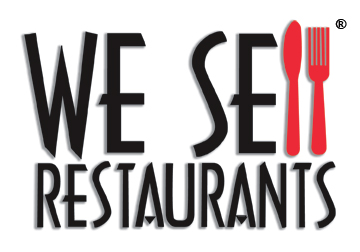
 404-800-6700
404-800-6700

